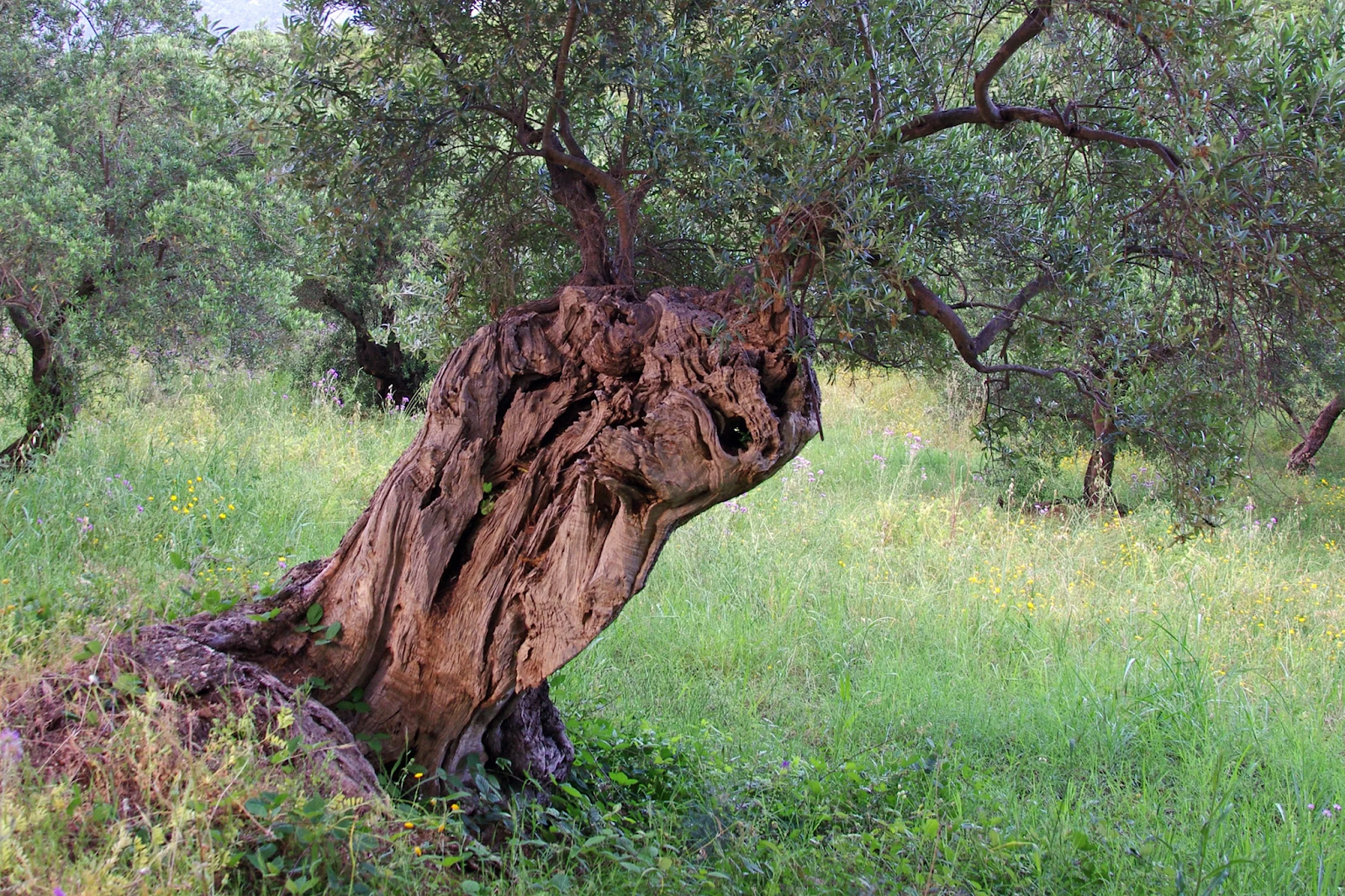The mesquite tree is a symbol of resilience, deeply intertwined with the landscapes and cultures of arid regions. Known for its ability to thrive in harsh conditions, the mezquite has been a vital resource for centuries, offering food, medicine, and wood to communities. This article delves into the fascinating world of mezquite, exploring its ecological importance, cultural significance, and myriad uses.
What is Mezquite?

The mezquite tree belongs to the genus Prosopis, which comprises around 40 species of small to medium-sized leguminous trees. These trees are primarily found in arid and semi-arid regions, particularly in North and South America, Africa, and Asia. In the United States, Prosopis glandulosa (honey mesquite) and Prosopis juliflora are the most well-known species.
Key Characteristics
- Hardiness: Mezquite trees can withstand extreme temperatures and drought conditions, making them a keystone species in arid ecosystems.
- Roots: Their deep taproots, which can reach depths of up to 200 feet, enable them to access underground water sources.
- Leaves and Pods: The tree has bipinnate leaves and produces pods rich in nutrients, serving as food for wildlife and humans.
Cultural and Historical Significance

Native American Usage
For indigenous peoples in the Americas, mezquite was more than just a tree—it was a lifeline. Native tribes used nearly every part of the tree for various purposes:
- Food: Mezquite pods were ground into flour to make bread and porridge, providing a sustainable food source during scarce times.
- Medicine: Different parts of the tree were used to treat ailments. The bark, for instance, was boiled to create a remedy for stomach issues.
- Tools and Implements: The durable wood was fashioned into tools, weapons, and even musical instruments.
Colonial Era
During the colonial period, mezquite wood became a sought-after material for construction and fuel. Its high caloric value and slow-burning properties made it ideal for cooking and heating.
Ecological Importance
Mezquite trees play a crucial role in maintaining ecological balance in arid regions:
- Soil Enrichment: As a nitrogen-fixing plant, mezquite enhances soil fertility, benefiting surrounding vegetation.
- Erosion Control: Its extensive root system stabilizes soil, preventing erosion and desertification.
- Wildlife Habitat: The tree provides shelter and food for various animals, including birds, insects, and mammals.
A Keystone Species
In ecosystems prone to desertification, mezquite acts as a pioneer species, reclaiming degraded land and supporting biodiversity.
Economic Uses
The versatility of mezquite extends to its economic applications. Over the years, it has been utilized in various industries:
1. Wood
Mezquite wood is highly valued for its durability and aesthetic appeal. It is used for:
- Furniture: Known for its rich grain patterns, mezquite wood is a favorite for crafting high-end furniture.
- Flooring: Its hardness makes it an excellent choice for durable and attractive flooring.
- Firewood and Charcoal: Mezquite’s high caloric content and smoky aroma make it a favorite for grilling and barbecuing.
2. Food
Mezquite pods are a powerhouse of nutrients, containing high levels of protein, fiber, and natural sugars. They are used to make:
- Flour: Ground mezquite pods produce a gluten-free flour with a slightly sweet, nutty flavor. This flour is gaining popularity in health-conscious and gluten-free diets.
- Syrup and Sweeteners: The pods can be processed into syrup or natural sweeteners, offering a healthier alternative to refined sugars.
3. Livestock Feed
In many parts of the world, mezquite pods serve as an important feed for livestock. Their nutritional content helps sustain animals in areas where other food sources are scarce.
4. Medicine
Traditional medicine has long harnessed the therapeutic properties of mezquite. Modern research is now exploring its potential in pharmaceutical applications.
5. Beverages
Mezquite is increasingly being used in the production of beverages such as teas, craft beers, and even spirits, adding a unique flavor profile to these products.
Challenges and Controversies

Despite its benefits, mezquite is not without controversy. In some regions, it is considered an invasive species:
- Invasive Growth: Mezquite can outcompete native vegetation, disrupting local ecosystems.
- Water Consumption: Its deep roots, while beneficial in arid regions, can deplete groundwater in certain areas.
Efforts to manage mezquite growth and harness its benefits sustainably are ongoing.
Sustainable Harvesting and Cultivation
To maximize the benefits of mezquite while minimizing its drawbacks, sustainable practices are essential:
- Selective Harvesting: Ensures that mezquite populations remain robust and ecologically viable.
- Agroforestry: Integrating mezquite into farming systems can enhance soil fertility and provide additional income streams for farmers.
- Community Programs: Empowering local communities to utilize mezquite responsibly can drive economic growth while preserving ecosystems.
Modern Innovations

Innovations in technology and agriculture are unlocking new possibilities for mezquite:
- Biochar Production: Mezquite wood is being used to produce biochar, a form of charcoal that improves soil fertility and sequesters carbon.
- Renewable Energy: The high energy density of mezquite wood makes it a candidate for biomass energy production.
- Nutraceuticals: Research into mezquite’s health benefits is paving the way for its use in supplements and functional foods.
Conclusion
Mezquite is a remarkable tree with immense ecological, cultural, and economic value. Its ability to thrive in challenging environments makes it a vital resource for communities in arid regions. From its role in traditional medicine to its modern applications in food and industry, mezquite continues to demonstrate its versatility.
As we face global challenges like climate change and desertification, mezquite offers valuable lessons in resilience and sustainability. By harnessing its potential responsibly, we can ensure that this incredible tree continues to benefit future generations.










